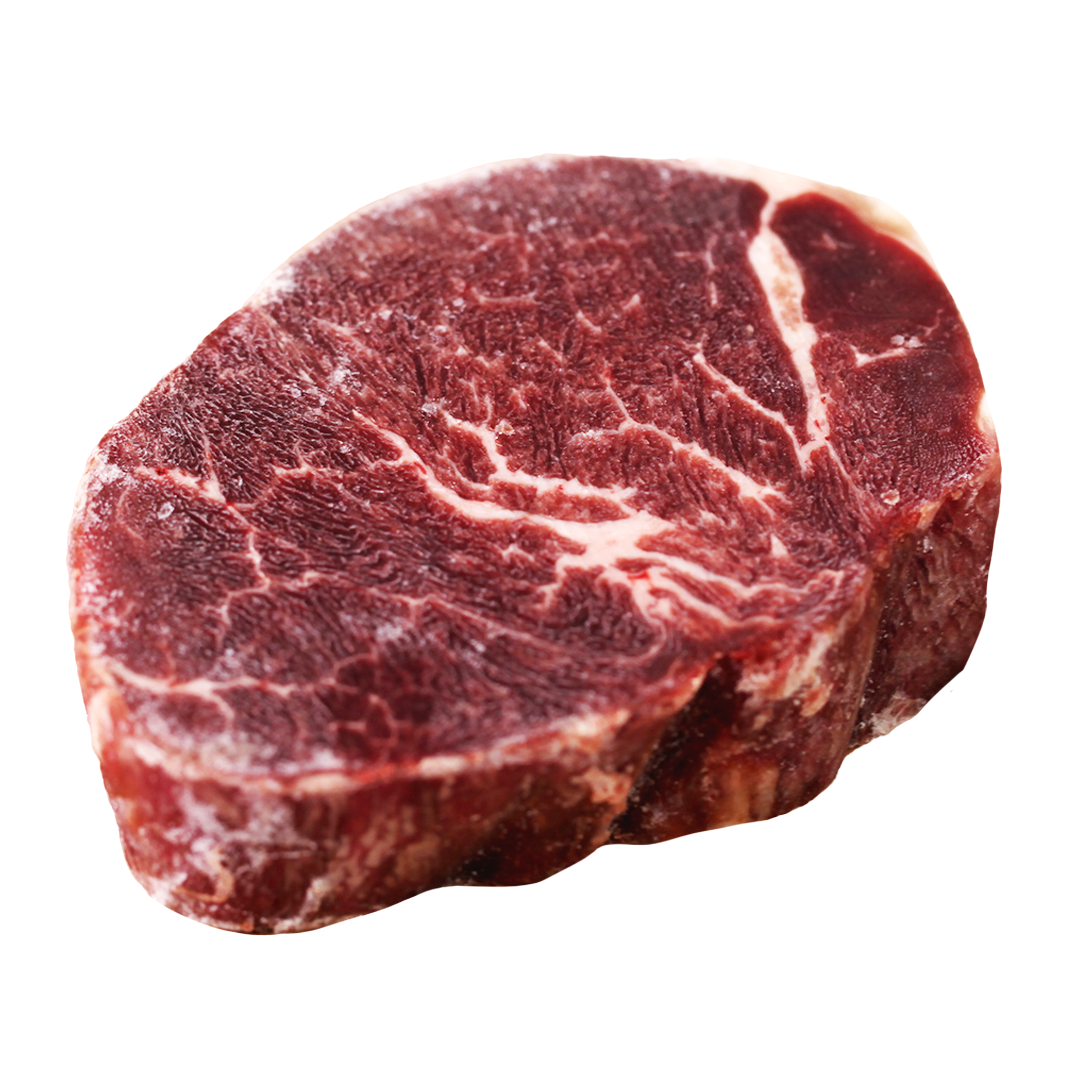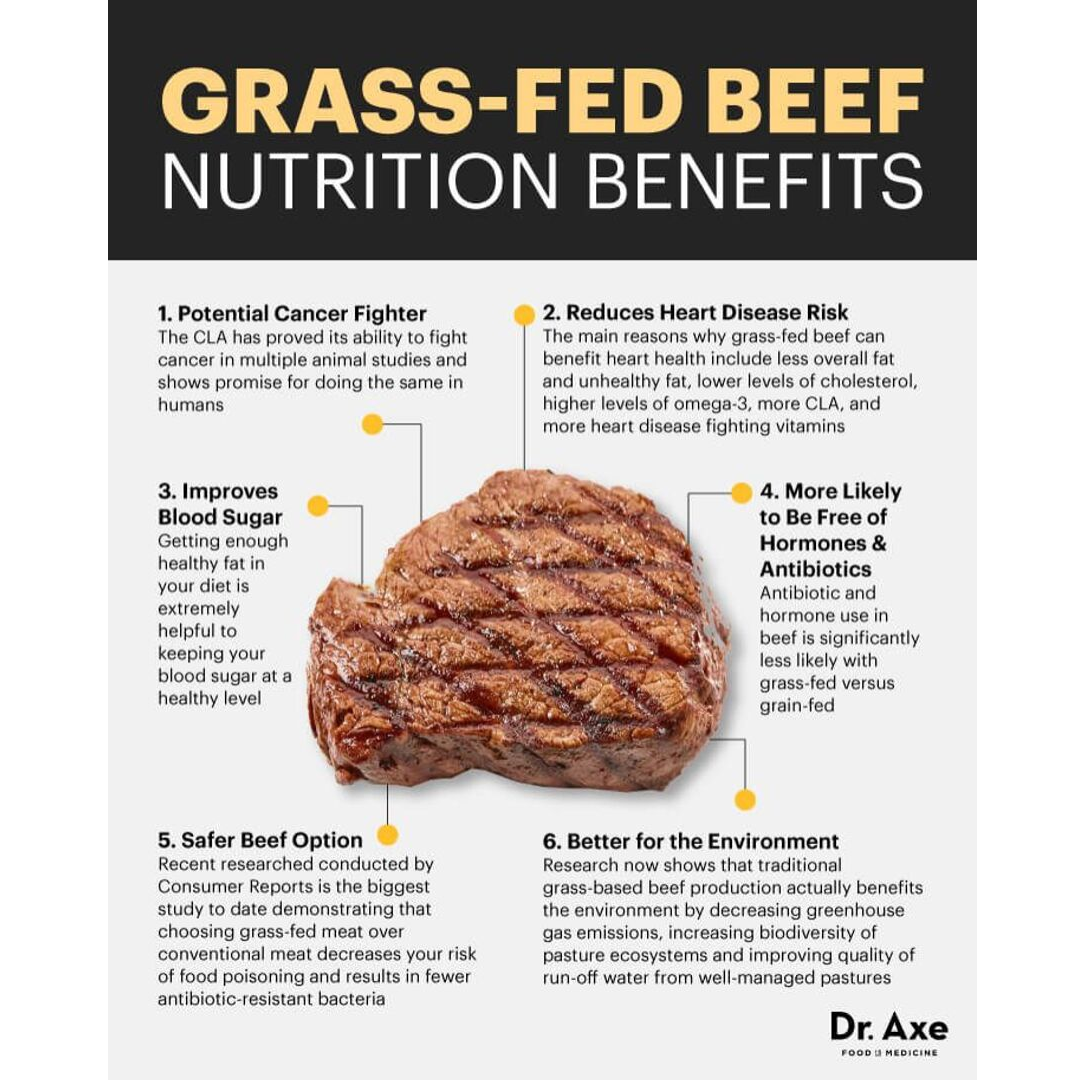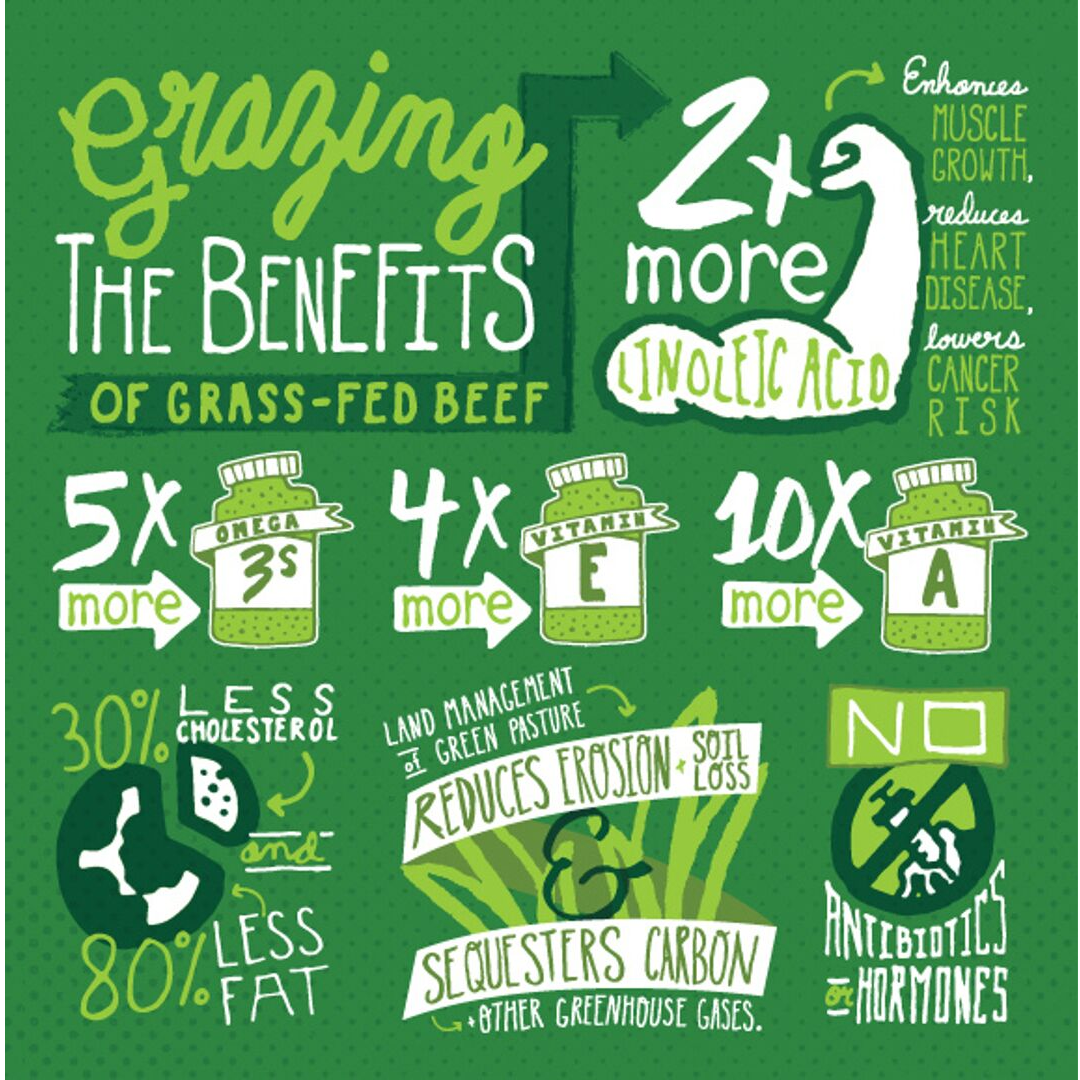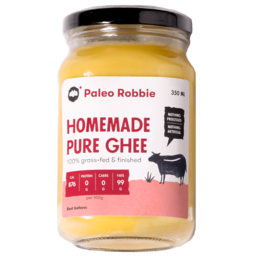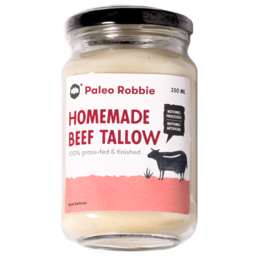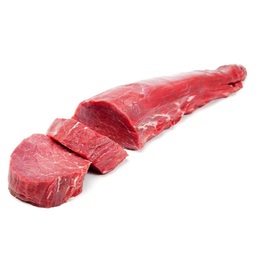Canterbury Prime Steer Tenderloin
~฿420 per Steak
Tenderloin. A premium cut saturated with bold flavor and fantastic melt-in-the-mouth tenderness that always delivers. With distinct marbling and an unmatched leanness from grass-grazing, this supremely tender and succulent Eye Fillet delivers spectacular, bold beef flavor with a clean finish. Great as a whole piece for carving, or at its best as a classic Filet Mignon. Pasture-fed, antibiotic and synthetic growth hormone-free. ==== You may be wondering why Robbie always mentions our beef is sourced from New Zealand (or Tasmania). The reason might surprise you. Virtually ALL beef in Thailand is supplemented one way or another with grains, corn and soy. New Zealand is one of the last remaining places on earth where the beef is grass-fed AND grass finished without the use of growth hormones and antibiotics. Cows have 4 stomachs to digest grass, their digestion process is long and involves a lot of burping. By adding grains into their diet it throws a spanner in the works and may lead the cow to get obese, sick and changes their nutritional profile. For example, a grain-fed cow has 3 to 10 times more omega 6 fatty acids but 3 times less omega 3, which makes the meat more inflammatory to eat compared to pasture-raised beef. Also we know antibiotic resistance can cross cell barriers. What that means is eating a cow that has these resistant bacteria, can carry over to you. And the next time you need antibiotics they may not work as well as you'd like. That is why we mention our beef is pasture-raised and sourced from New Zealand. Want to know more? Here's what robbie wrote in on the importance of grass-fed in 2017 And another short post on the difference between grain-fed and grass-fed. How about the impact of grass-fed beef on the environment? Robbie summed it up quite well in a 2019 post in the Bangkok Healthy Living group on Facebook: "Leonardo di Caprio started a crusade against eating beef. Because, according to him, all beef contributes to global climate change. An important distinction has to be made between naturally grazing grass-fed beef and mass industrialized feedlot beef. See this moving Ted talk for an eye opening perspective. They are completely different processes and the former is actually very beneficial and even essential to land. Without grazing your landscapes will turn into deserts. Here's a rancher describing the life cycle of grass. Grass actually prevents top soil from being dragged away after rainfall. Grass soaks up water and makes sure the life underneath the surface gets proper nutrition. Grass also protects against heavy winds, snowfall, drought and so on. Without grass your soil quickly erodes and becomes worthless. This process contributes heavily to CO2 output as the soil locks in a lot of CO2. Desertification is one of the biggest contributors to CO2 in the atmosphere, almost as much so as all our fossil fuels combined. Part of the fight against climate change includes proper grazers to re fertilize our soil continuously. And it can even be used to regain areas that have been lost. You can view another video here if you are interested in that specifically. I just share this information, because over the last few weeks I've encountered several people who don't want to eat beef as they think it's bad for the world. It's grazers however that are essential to our environment. Without them our worlds eco system would almost immediately collapse. So I'm trying to say, do eat beef. It's one of the most nutritiously dense foods that's great for your health and it's essential for a healthy climate. However, avoid feedlot beef if you care about the world and your health. Feedlot beef is a heavily industrialized process that is the complete opposite. It's not humane and it destroys the environment. So the next time you are at the supermarket or butcher, try to find out where your beef came from. Stay healthy, Robbie"
| Calories | 140 |
| Total Fat | 6 g |
| Total Protein | 21 g |
| Total Carbohydrates | 0 g |
| Total Fiber | 0 g |

